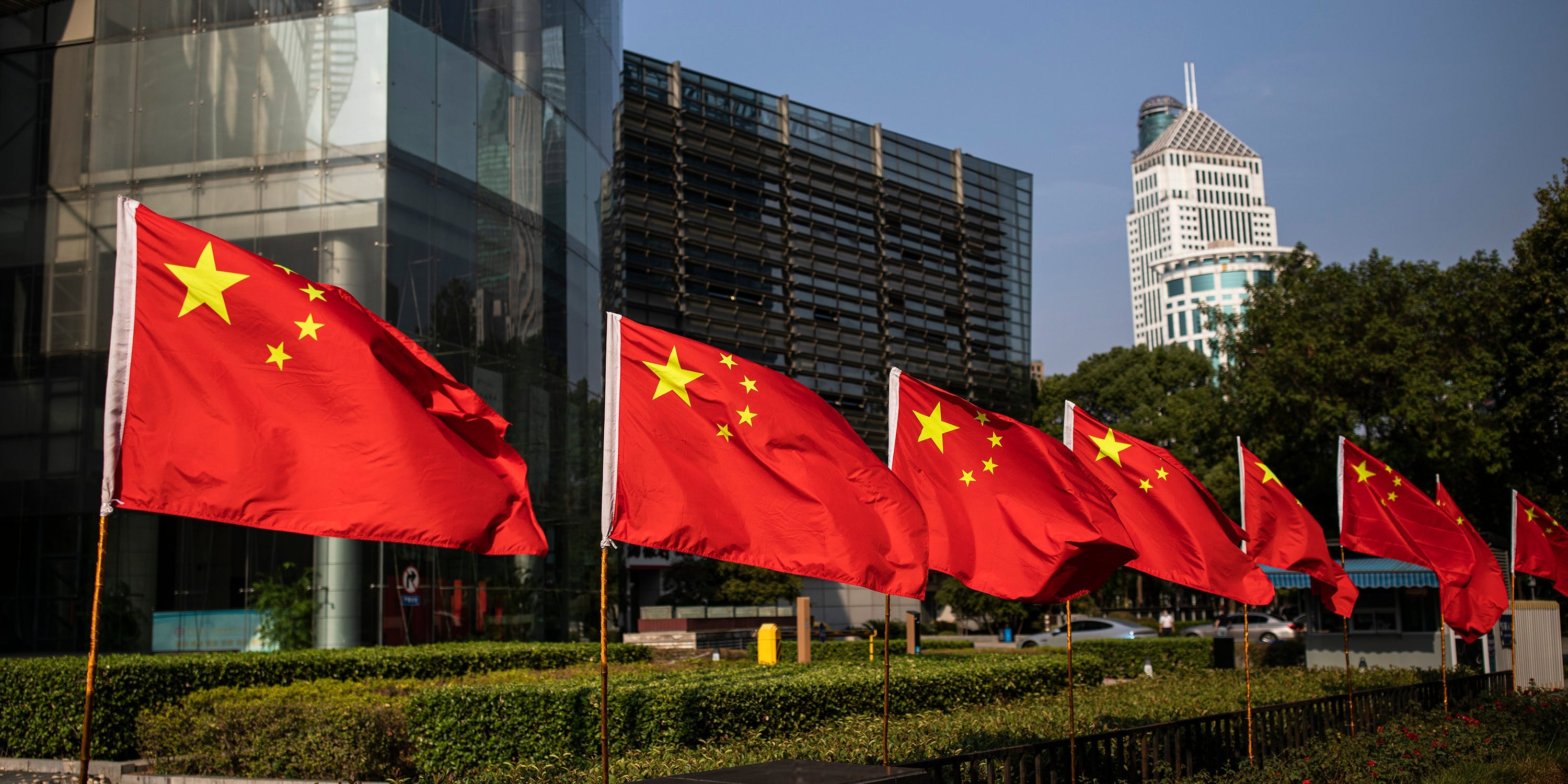Emerging markets are proving resilient amid post-pandemic challenges, Ruchir Sharma wrote in The Financial Times. They are also seeing new opportunities after moving away from Chinese dependence. “The old notion that ’emerging’ is another word for reckless no longer applies,” Sharma said. Loading Something is loading.
Thanks for signing up!
Access your favorite topics in a personalized feed while you’re on the go.
Emerging markets are proving to be resilient and less vulnerable to higher interest rates, while facing fresh opportunities after decoupling from China, Ruchir Sharma wrote in The Financial Times.
Due to the recent weakness in China this year, Wall Street largely expected most other emerging economies to follow, he noted. Meanwhile, rate-hiking cycles in the 1980s and 1990s triggered crises in emerging markets, and analysts expected the latest tightening campaign to produce a similar results. But except for a few instances, that didn’t happen.
“Among the 25 largest emerging economies, three-quarters of those reporting data have beaten growth forecasts this year — some, including India and Brazil, by a wide margin,” the chair of Rockefeller International wrote. “Forecasts for global growth in 2023 are rising and most of that uplift is coming from emerging economies.”
Many developing nations entered 2020 with improved fiscal discipline and stronger banking systems compared to prior decades, Sharma said.
So when the pandemic hit, they didn’t have to borrow as much money to pay for stimulus spending, with their deficits rising on average by 15% of GDP from 2020 to 2022, just half as much as the US’ did, he pointed out.
“The old notion that ’emerging’ is another word for reckless no longer applies,” he wrote.
And, compared with the Federal Reserve, emerging-market central banks did not delay in tightening their monetary policy. Such early intervention now allows many to start cutting interest rates, while the US looks to possibly hike two more times this year, he added.
Sharma also noted that inflation in developing economies typically outpaces what developed economies experience, but they are about even today. “That has not happened in four decades.”
Different developing economies have gained via different means, he said. For instance, strong domestic demand has been helping Asia rise, while commodity exports have kept Latin American growth steadily on the upside.
Emerging markets also also benefit from a “decoupling” with China, he added. That comes as the West looks to “de-risk” from China, which has responded by looking to become more self-reliant.
“Emerging economies used to grow in lockstep with China, their leading trade partner, but that link has weakened in recent years,” Sharma said. “As Beijing turned inward, developed countries sought to reduce their dependence on trade with China, creating opportunities for other emerging economies.”
